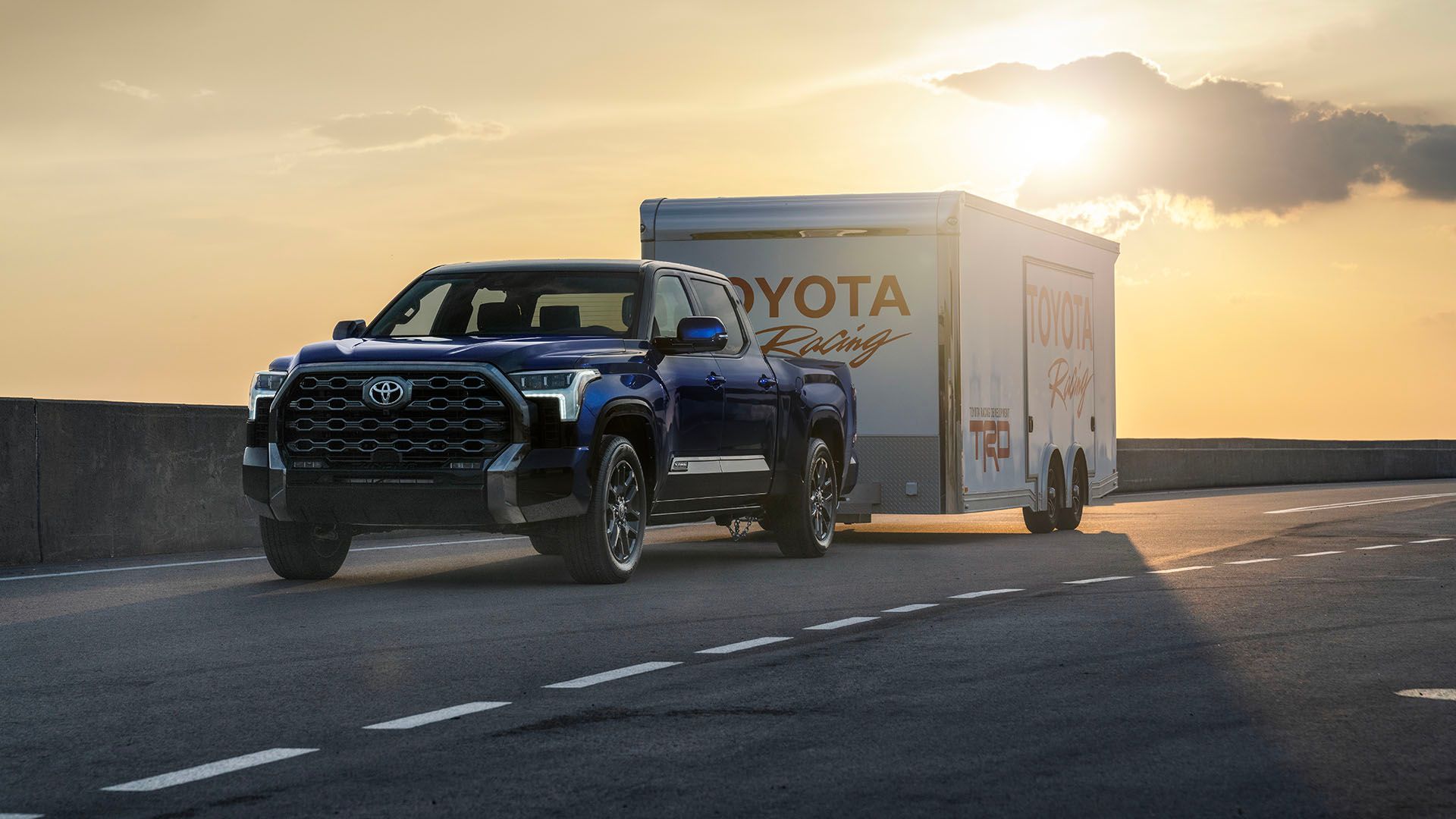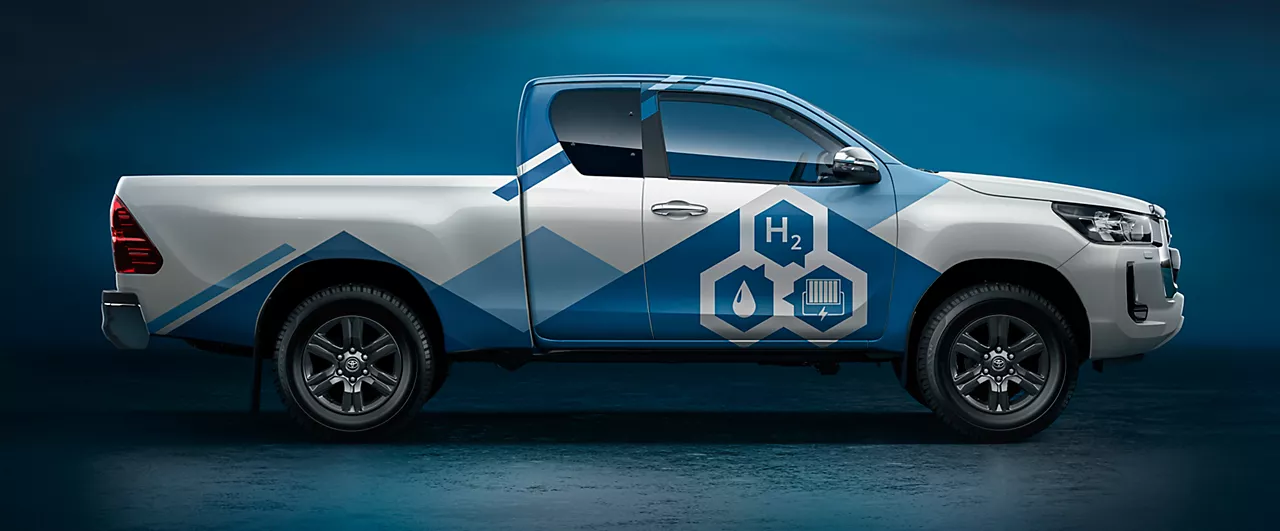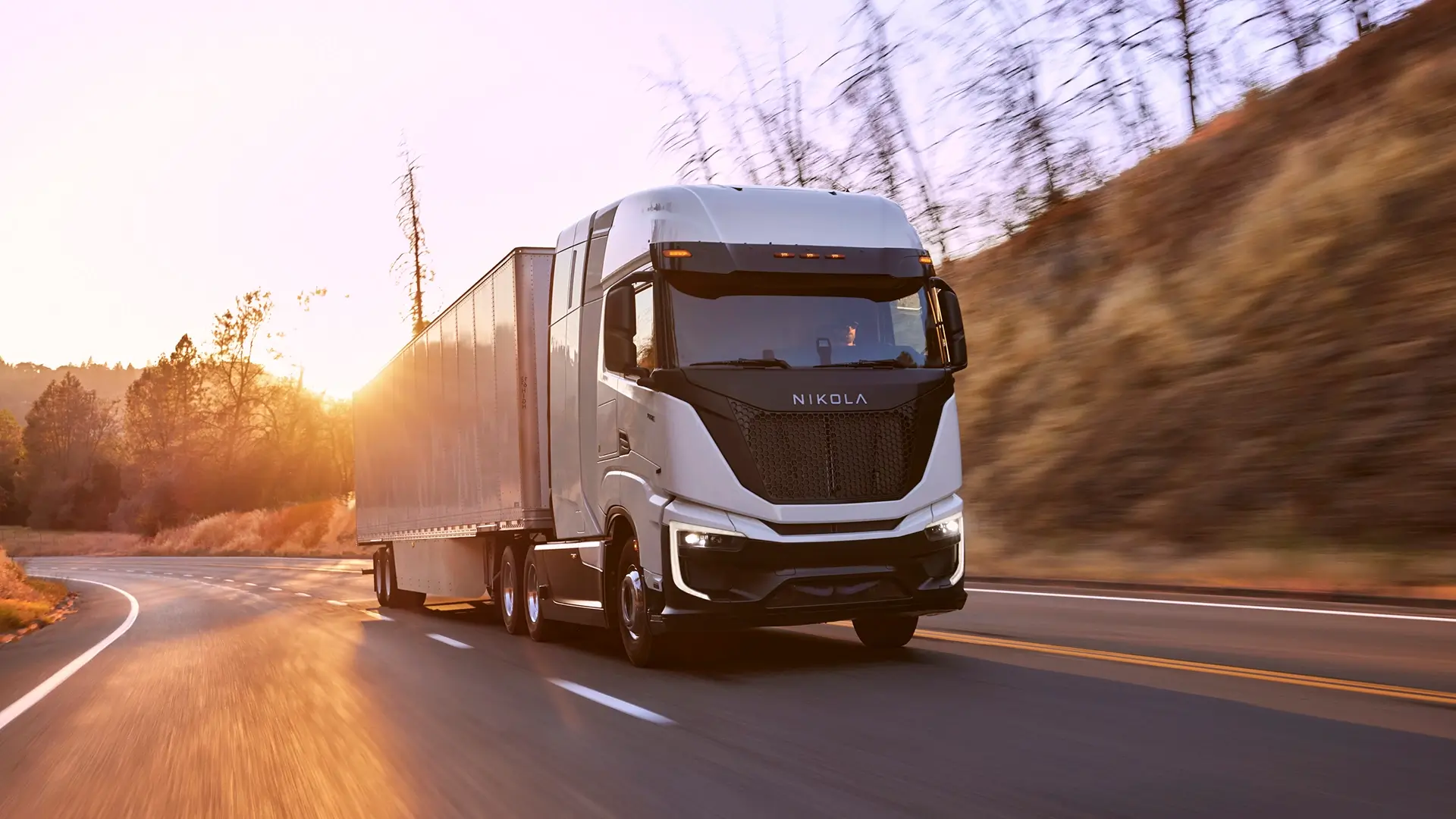Toyota is stepping up its game in hydrogen fuel by incorporating a significant amount of batteries into its latest production-bound semi-truck version. Traditionally, hydrogen fuel cells have been viewed as an alternative to batteries, but Toyota is taking a different approach by enhancing its fuel-cell semi with lithium-ion NCA battery cells, totaling 200 kWh.
This strategic move is aimed at boosting the vehicle’s consistency and efficiency, especially for regional use. By integrating a substantial battery pack, Toyota’s special hydrogen fuel-cell Kenworth T680 gains greater flexibility, making it suitable for regional runs with up to 82,000 pounds of payload and a target range of 300 miles regardless of terrain conditions, extending to 450 miles on smoother terrain.

The addition of batteries serves as an energy buffer for the fuel-cell stacks, enhancing overall efficiency. With a larger battery pack onboard, the fuel-cell stack’s efficiency is optimized, and the battery pack enables significant energy recovery during downhill slopes. This combination allows the semi to traverse long distances without the need for frequent refueling.
Powered by a modularized kit built on Toyota’s Gen 2 fuel-cell stack used in the Mirai, the latest prototype boasts impressive performance figures, including 415 hp of continuous power and an official range of up to 450 miles on a hydrogen fill. The modularized kit will be assembled in Kentucky, while the fuel cells themselves will be sourced from Japan.
Toyota’s decision to incorporate batteries into its fuel-cell semi reflects its commitment to meeting the needs of commercial customers. The layout of the previous port trucks largely carries over to the new prototype, with Toyota responsible for the integration of the dual-motor system, transmission, and overall layout.
Despite the significant battery inclusion, Toyota has no plans to charge the semi through means other than the fuel-cell stack. There is no charge port, as the battery pack primarily serves as a buffer to optimize vehicle performance and efficiency. However, Toyota remains open to potential adaptations based on customer needs and expectations, indicating a willingness to accommodate specific requirements if necessary.

Toyota is delving deep into hydrogen development with its heavy-duty testbed, H2HQ, located in Gardena. This facility boasts a powerful dyno capable of handling up to 1.2 megawatts of power, hinting at the diverse applications Toyota may be exploring for hydrogen in the future.
During a recent tour of H2HQ, Toyota executives dropped clues about their interest in hydrogen fuel-cell pickups. They revealed the existence of a fuel-cell Tundra prototype in Japan, which is used to tow a hydrogen combustion-engine race car, along with a hydrogen fuel-cell prototype pickup called Hilux in the U.K.
Toyota’s decision to bypass chargers in passenger vehicles, according to Mirai chief engineer Yoshikazu Tanaka, is aimed at incentivizing the expansion of the hydrogen network. By encouraging consumers to rely on hydrogen rather than home charging, Toyota believes it can spur the growth of infrastructure.
However, the approach differs for trucks, as argued by Jay Sackett, former Toyota Tundra chief engineer now specializing in fuel cells. Sackett suggests that Toyota’s fuel-cell truck would cater to frequent towers, who prioritize towing capability over charging convenience.

For Toyota, the emphasis lies on time, consistency, and energy density. Hydrogen refueling offers a quick 20-minute process, providing ample range even when towing heavy loads. In contrast, charging batteries to achieve similar range remains a significant challenge.
While Toyota has not confirmed plans for plug-in capability, Sackett points to the success of the semi project with its large battery buffer as a model for predictable commercial or fleet applications, where fueling infrastructure is well-established.
This strategy aligns with industry trends, such as Nikola’s approach with the Nikola Tre, combining fuel-cell power modules with battery energy. Nikola aims to establish hydrogen fueling stations, with incentives facilitating their expansion.
Toyota’s commitment to hydrogen extends to its Tri-Gen facility at the Port of Long Beach, which generates electricity and produces hydrogen from renewable sources. This infrastructure supports hydrogen vehicles, contributing to a cleaner transportation ecosystem.
Despite the complexities of carbon calculations, hydrogen fuel-cell solutions offer a straightforward path forward for semis and pickups. By addressing challenges that batteries alone cannot solve, such as emissions and particulate matter from diesel exhaust, Toyota is championing a cleaner, more sustainable future.

